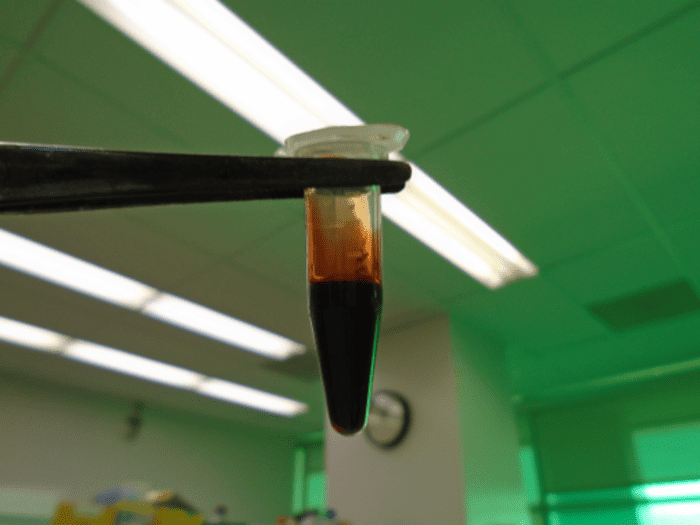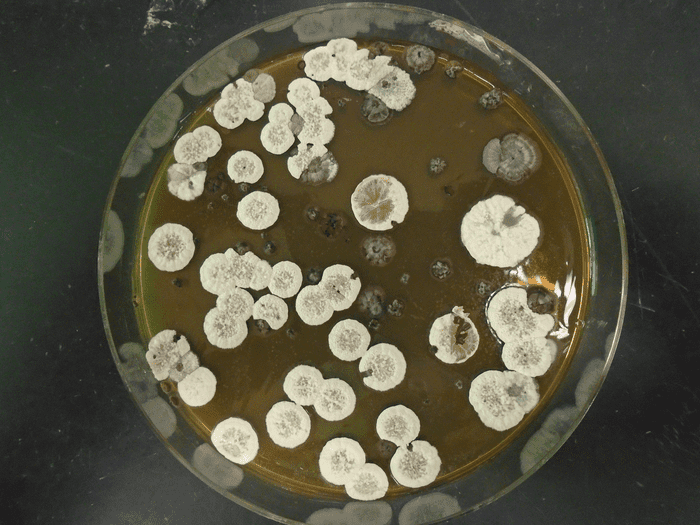
Fossil fuels are a huge problem for the environment. I know, newsflash. But although we talk a lot about solar energy, electric cars, and whatnot, for some industries there aren’t a lot of viable alternatives. This is particularly true for aerospace where every bit of weight comes at a premium, and the high energy density of kerosene and other jet fuel fuels makes them ideal for this work, but also challenging to replace.
Looking to fill this gap, researchers at the Lawrence Berkeley National Laboratory, the Joint Bioenergy Institute, Sandia National Laboratory, the Pacific Northwest National Laboratory, and the University of California Berkeley, tinkered with a bacterium and coaxed it to produce a high-energy-density molecule that can be used to produce renewable jet fuel, quite similar to how some biodiesel powering vehicles is made today.
“We were motivated by the urgent need for alternative fuels that can replace petroleum-derived fuels. We believe that this is a very important step to slow down the pace of climate change,” Pablo Cruz-Morales, a microbiologist at DTU Biosustain, part of the Technical University of Denmark, and author of the new study, told ZME Science.
“Making poly cyclopropanated fuels (fuels with multiple triangle-shaped carbon motifs) is possible using bacteria. This implies that these fuels, which are very difficult to make with traditional chemistry, may be manufactured using fermentation processes in a sustainable way,” he added.
Researchers started exploring ways to make jet fuel out of bacteria after Jay Keasling, a chemical engineer at the University of California, Berkeley, approached Cruz-Morales with what he called “an explosive idea.”
Keasling had his eye on the molecule jawsamycin (funnily enough named after the movie “Jaws” because of its bite-like indentations) which has five chiral cyclopropane rings. This molecule has gained a lot of attention because of its strong antifungal activity, targeting a key enzyme in the construction of the fungal cell wall. However, this time, the researchers weren’t interested in the molecule’s potential health applications in fighting pathogens, but rather in its high-energy density profile.

Jawsamycin is produced by common soil bacteria from the genus Streptomyces, which, by the way, also release molecules that are responsible for the soil’s earthy odor. “They smell like fresh rain in the forest,” Cruz-Morales told me. As the bacteria consume glucose and amino acids, they break them down, converting the food into basic building blocks for carbon-to-carbon bonds, similar to how the human body produces and stores fat.
These carbon bonds are arranged as cyclopropane rings of three carbon atoms arranged in a triangular shape. This shape makes the bond bend, which requires energy.
But despite its appealing properties, jawsamycin is difficult to produce. Serving as inspiration, the researchers identified and tinkered with the genes responsible for producing jawsamycin and synthesized a new carbon molecule.
“We actually named it fuelimycin (I know it’s a silly name). It is special because it features multiple rings of three carbons, these rings are very difficult to make with chemistry. The fact that such molecules exist naturally is a testimony of the amazing power of nature,” Cruz-Morales said.
“This is important beyond eye-catching rocket applications because so far there are no practical options for the replacement of RP-1 (used in spaceships), jet-A (used in commercial planes), and gasoil (used in shipping) which are energy-demanding applications with space constraints. For example, a rocket loses efficiency if it carries a huge volume of fuel like hydrogen-oxygen used in the space shuttle, an electric plane can’t carry a huge battery needed to allow crossing the oceans, a shipping vessel can’t cross the Atlantic only on electricity, and if nuclear energy is used it may pose an environmental or a national security risk,” he added.
This molecule would then have to be treated like we do biodiesel today so it can ignite at lower temperatures. When ignited, the resulting biofuel would generate enough energy to send rockets into space. The challenge right now is producing this high-energy-density cyclopropane molecule at scale.
“There are many challenges one faces in scaling any biological process for the production of any product. These challenges include increasing the titer, rate, and yield as well as getting the bacteria to behave at a large scale (hundreds of thousands to millions of liters of fermentation tank) as they do in the laboratory (at a small scale),” Cruz-Morales said.
The findings appeared in the journal Joule.






